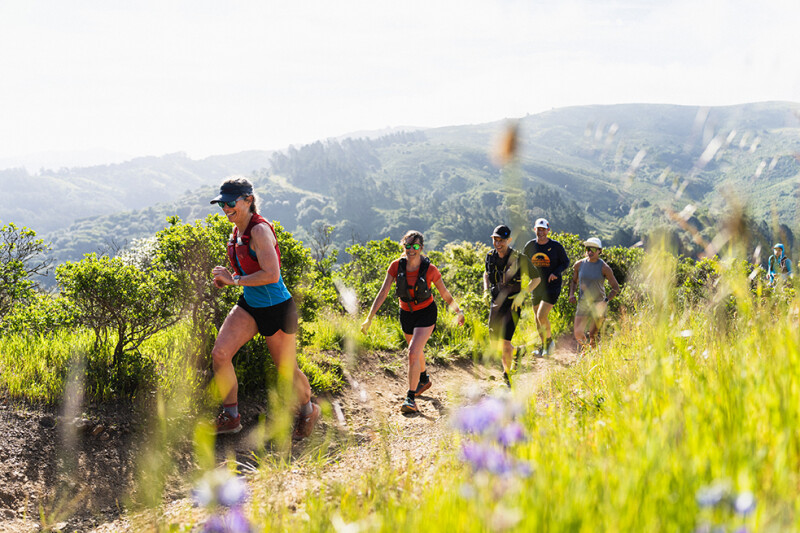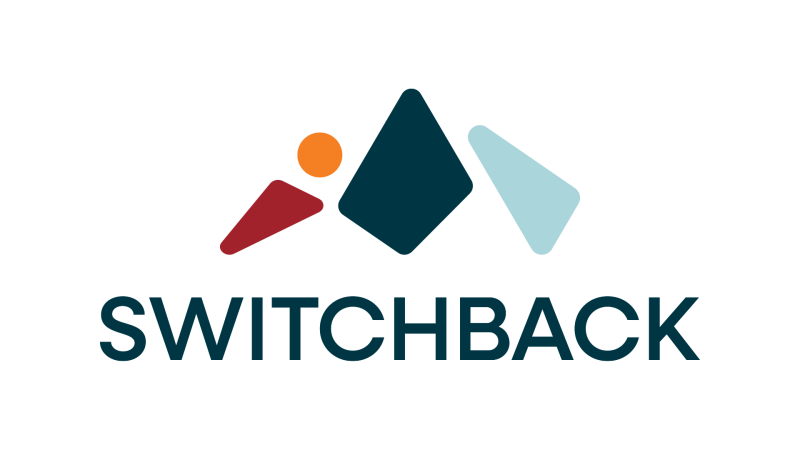When Tim Jarvis launched his race timing business in southern Illinois about a decade ago, the typical registration fee for a 5K race in his neck of the woods was $20.
“Maybe a few races hit the $25 mark,” says Jarvis, who has since added two run specialty retail stores, RTS Outfitters, into his running-oriented business portfolio.
Today, however, Jarvis says 5K race fees of $30-35 are the norm — a number in line with the national average.
According to RunSignup’s Midyear Trend Report, the average cost of a 5K race – the backbone of the community racing calendar and the gateway distance for many first-time runners – is now $31.18, which is 11 percent higher than 2019.
The escalating cost of the 5K concerns Jarvis, who acknowledges the importance of the 5K race to the health of his racing and retail operations. The 3.1-mile event is a target distance for novices and often something that propels deeper involvement and investment in the sport; a distance seasoned runners can tackle week after week, which increases race registrations and retail purchases; and an accessible event for families to partake in together, which contributes to memorable experiences and promotes community fitness.
“But for a family of four now, participation in a local 5K can easily run $120,” Jarvis says. “That’s two tanks of gas and a cart full of groceries.”
Put in those terms amid high inflation, it’s easy to understand why Jarvis expresses concern.
Why 5K Entry Fees Are Rising
When Brendan Barrett and a group of high school pals launched the Keith Nintzel Memorial 5K in 2005 to honor a fallen high school teammate, the race carried a modest and clear-cut registration fee: $20 for pre-registered runners and $25 for race day registration. For 15 years, that fee structure remained steady.
When the race returned after a pandemic-forced hiatus, however, Barrett and his partners bumped registration fees up $5.
“Coming out of the pandemic, fields were lower and there was more overhead. Twenty bucks just wasn’t viable anymore,” explains Barrett, co-owner of the Sayville Running Company and Smithtown Running Company in Long Island, NY.
To be certain, it simply costs more to host a 5K these days. From site fees to insurance to merchandise, a race’s necessary expenses have climbed. From 2014-2019, for example, Jarvis routinely purchased race tees for about $4.50 each. Today, he’s paying $9.
With a $25 race registration fee – never mind a $20 charge – Jarvis says many races teeter in the red unless robust sponsorship helps to defray expenses.
“It’s simple math,” Jarvis says.
While higher 5K entry fees might not jar some participants – “The couch to 5K runner might see $40 differently than the seasoned runner who’s been there and done that,” Jarvis allows – he fears the impact escalating registration costs could have on overall participation numbers. He cites one veteran runner in his area who was present at seemingly every local 5K, sometimes two in a weekend, but now cites entry fees as her reason for doing fewer races.
“She told me, ‘I just can’t do ‘em all,’” Jarvis says.
Does this forecast a wider concern for races and run specialty stores, two entities that lean on each other for success?
“So far, I’m not concerned because the increase [in 5K entry fees] is comparable to other products and services,” says Brittany Katz, owner of Terra Running Company, which operates a retail store and race timing business in Cleveland, TN.
To Katz’s point, the average price of a gallon of whole milk at the start of 2019 was $2.91, according to the U.S. Bureau of Labor Statistics. In July 2023, the same product ran $3.97, a 31 percent increase. In that same time frame, the cost of a pound of fresh whole chicken climbed 25 percent while a dozen large grade A fresh eggs soared 30 percent.
By comparison, an 11 percent jump in 5K entry fees looks tame.
Even so, Katz hopes fixed costs stabilize, so race participation fees can stabilize, particularly for novices. If the investment is too burdensome for beginning runners, she worries some simply won’t sign up, while others will insist on insurance or refund policies.
In Long Island, NY, Barrett says the ubiquity of 5Ks on the community calendar offers variety and opportunity for any runner to find a race at a palatable price point. Yet more, some view a race as a social event. Even a $40 5K race featuring a post-race band, beverages and food can be deemed a compelling value in comparison to a night on the town, he notes.
Still, Barrett would like to make sure events in his store’s Sayville Summer Series, including the Nintzel Memorial 5K and three other 5K races, remain accessible for the masses, not a deterrent to participation.
Responding To Rising Fees
Recognizing the increased cost of 5Ks as a potential problem, many race organizers and running shops are taking proactive steps to reduce registration fees or elevate the value proposition.
Some races, for example, are slicing entry fees by allowing participants to opt out of a race T-shirt in return for a discounted rate, often $5-8 lower. Others, however, are converting to “fun runs” and forgoing the expense of race timing. Still others are providing a little something extra: free beer or wine at the post-race party, food trucks at the finish line, live music, attractive raffles or elevated – or at least differentiated – swag to entice participation.
In recent years, Katz has noticed a premium placed on in-person events that double as “experiences.” It’s why Terra Running Company paired two new 5K races on its calendar with local festivals – the International Cowpea Festival and the Hot Slaw and Art Y’all event in downtown Cleveland, TN.
“This creates a more experiential day for participants, who can run the race and then attend the festival,” she says.
Other races, meanwhile, are championing the 5K distance as a worthy and attainable fitness goal. Couch to 5K and youth running programs like Girls on the Run have long done this and the mission to cross the finish line often trumps any objection to the registration fee.
“Having someone complete their first 5K is meaningful and that’s always worth remembering,” Barrett reminds.
And with so many 5Ks tied to local charities, both Jarvis and Katz find it important to sell that angle and the community boost it provides. If the race supports youth programming, have kids make signs along the course. If the race benefits the animal shelter, then have dogs or cats visible at the start and finish line.
“Make it clear where the money goes,” Katz says. “It’s more memorable to people if they know what they’re supporting.”







